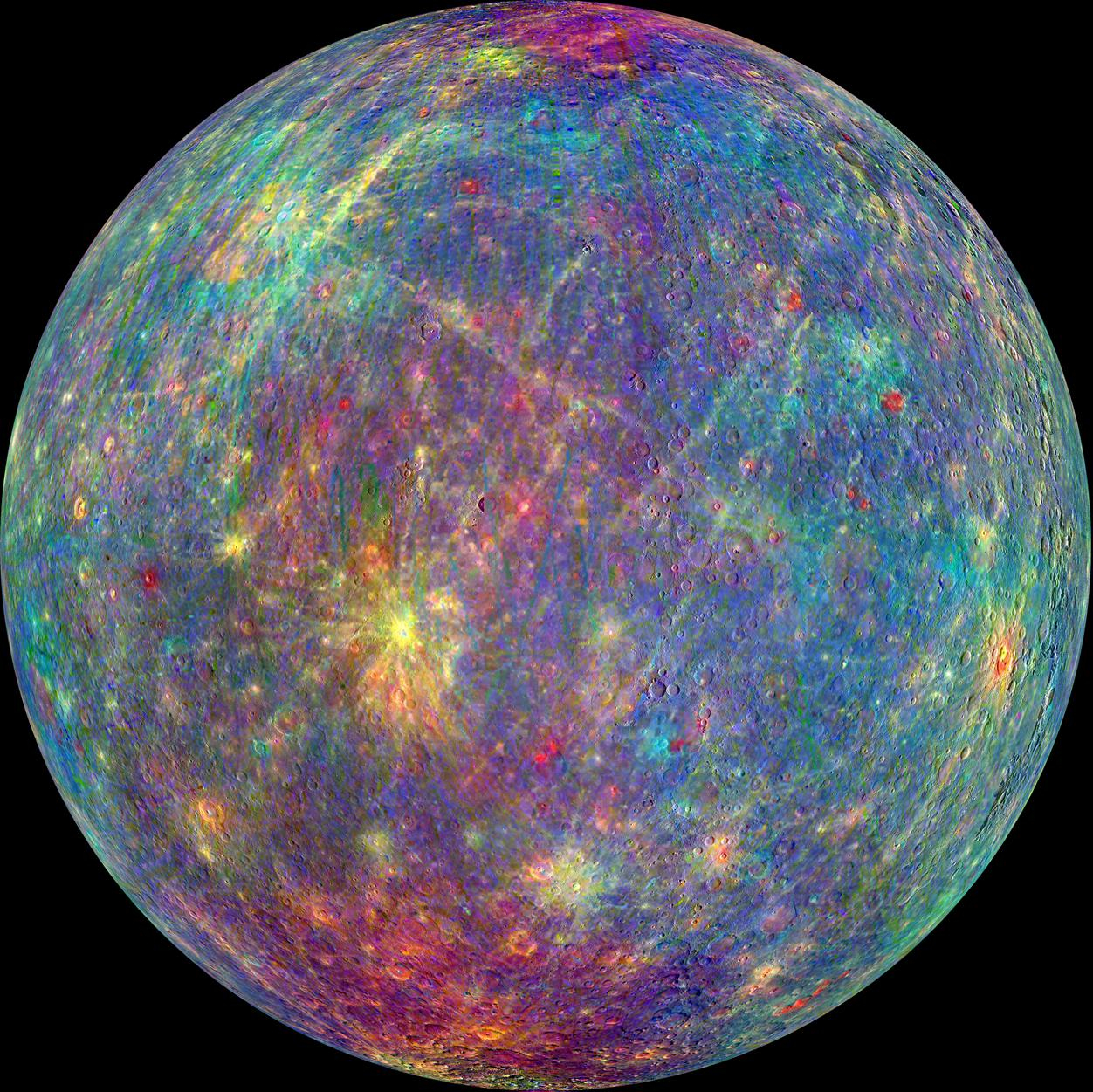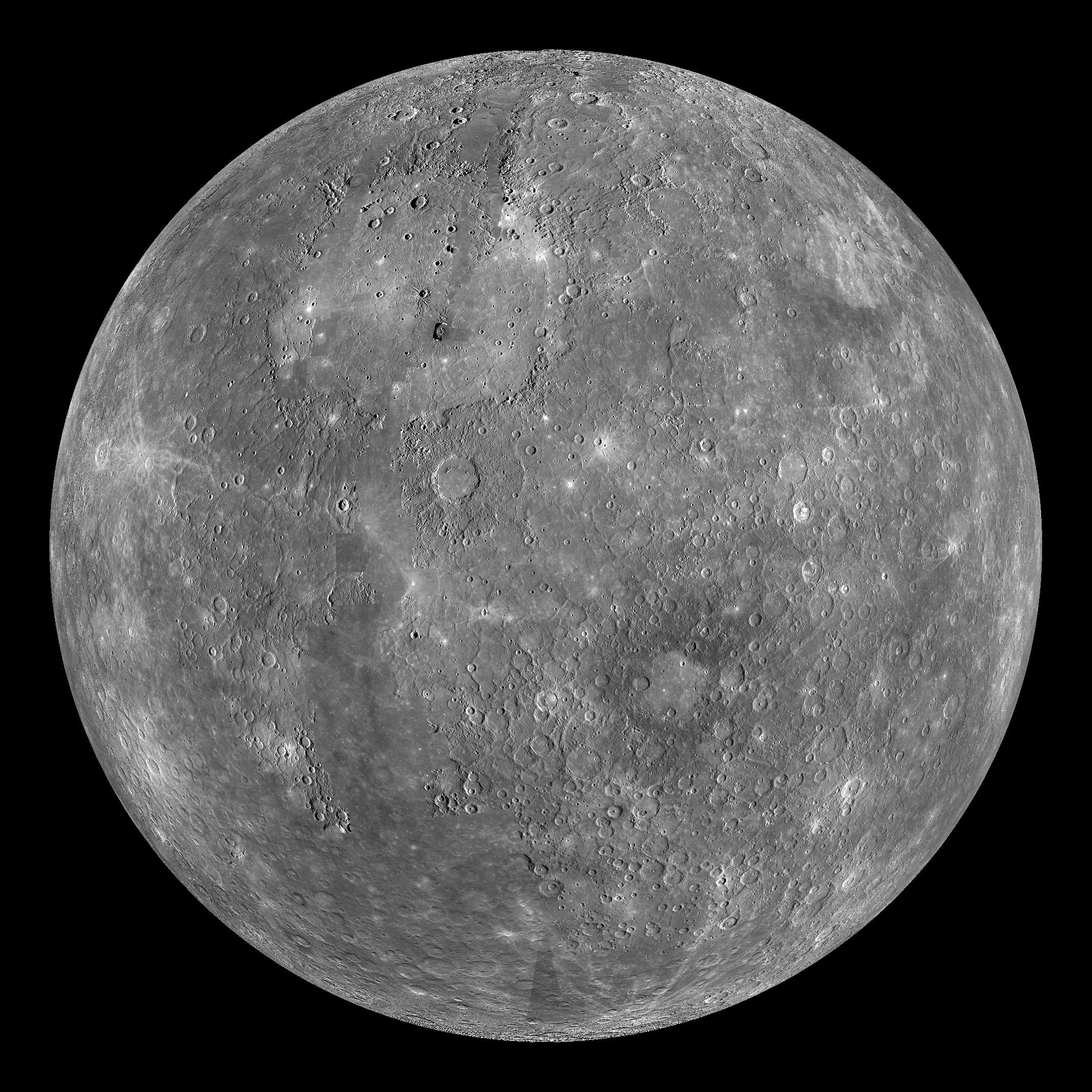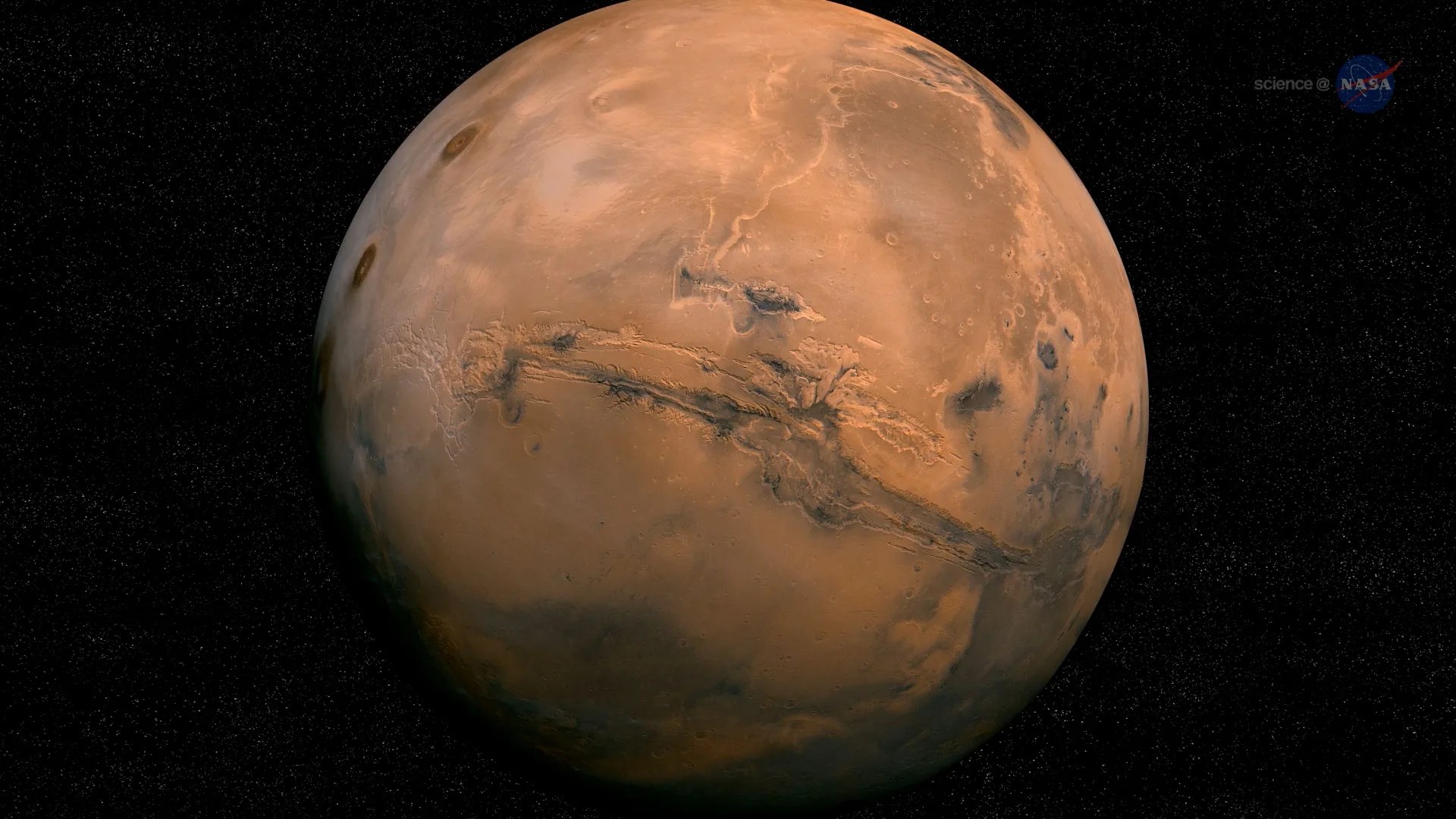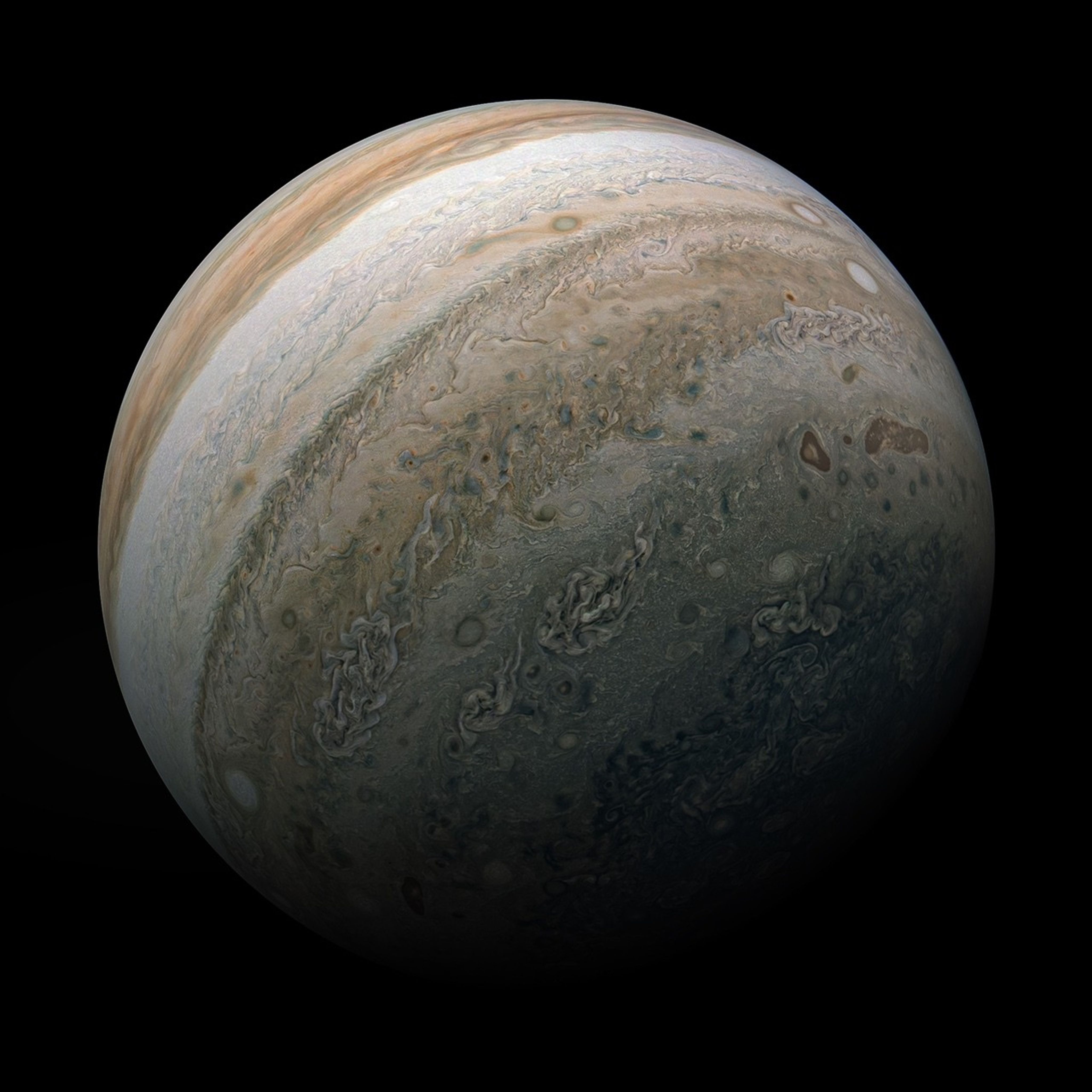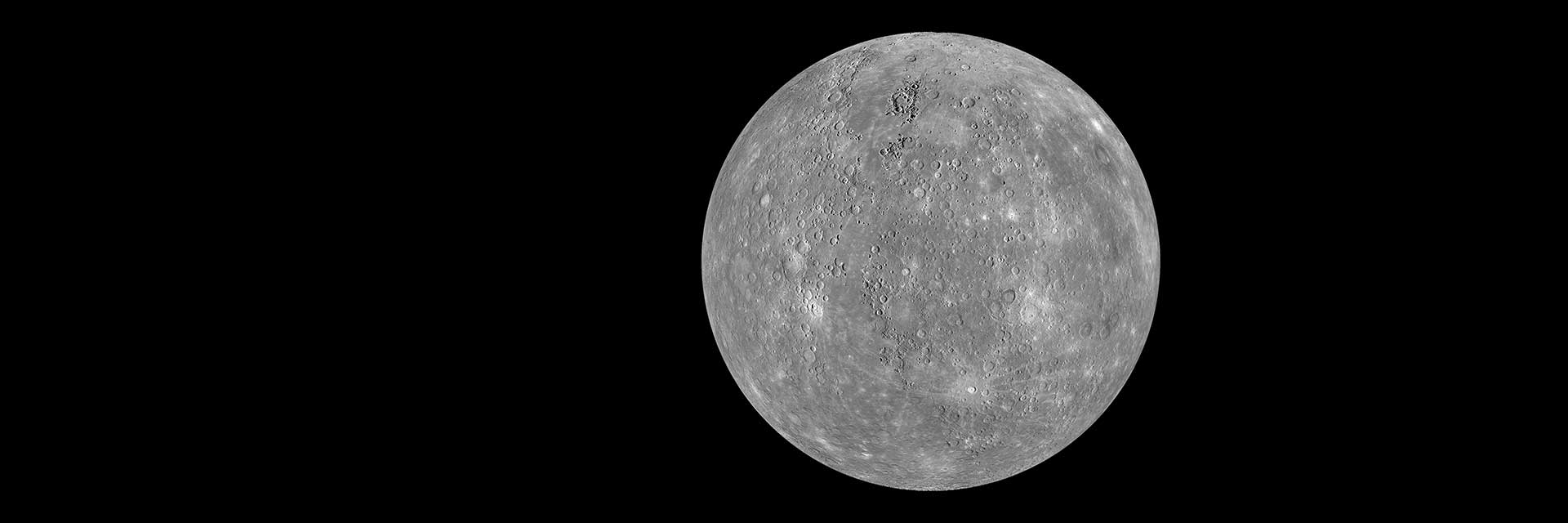
Mercury
Mercury is the closest planet to the Sun, and the smallest planet in our solar system. It's only slightly larger than Earth's Moon.
Mercury Facts
Mercury is the smallest planet in our solar system and the nearest to the Sun.
Mercury is only slightly larger than Earth's Moon. It's the fastest planet, zipping around the Sun every 88 Earth days. Mercury is named for the swiftest of the ancient Roman gods.
Get the Facts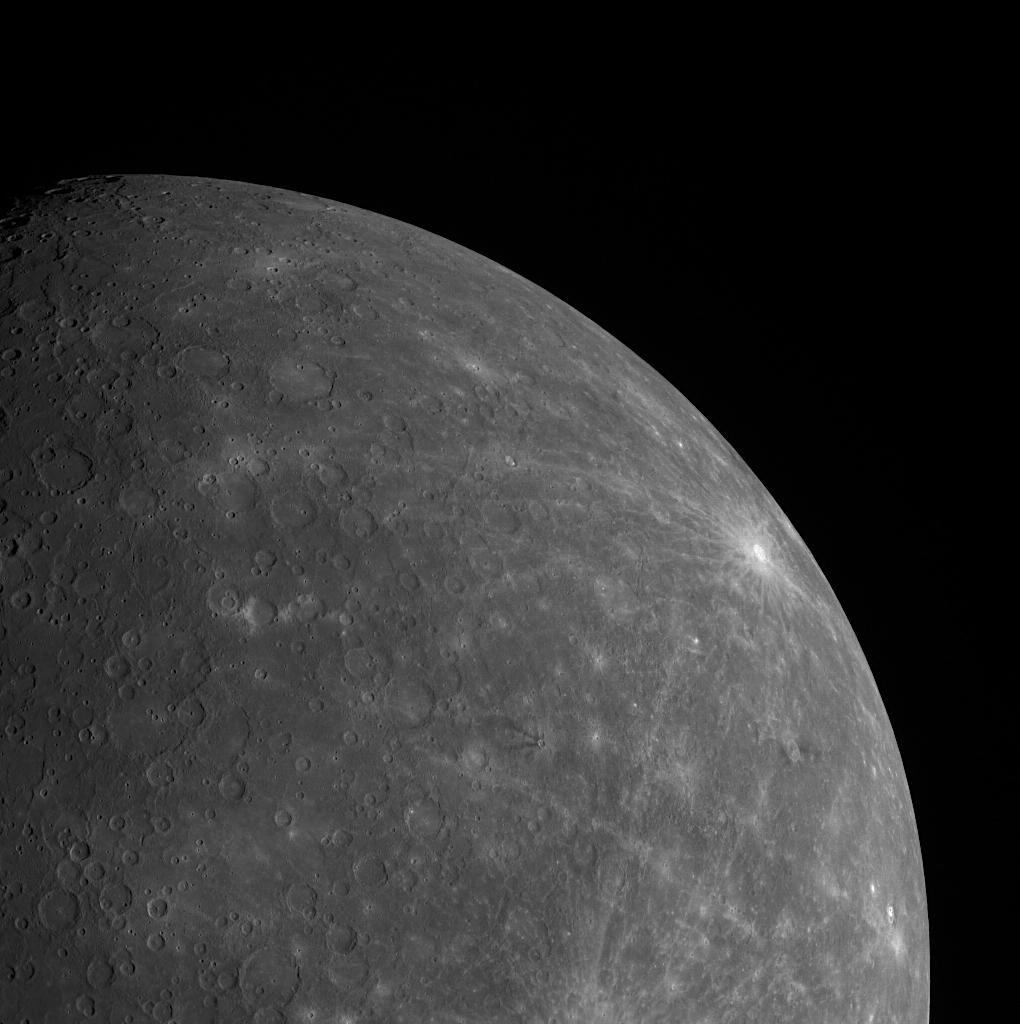
Mercury By The Numbers
How big is Mercury? How far is it from the Sun?
Use this tool to compare Mercury to Earth, and other planets.
Analyze and Compare
Exploring Mercury
The first spacecraft to visit Mercury was NASA's Mariner 10.
NASA's MESSENGER spacecraft flew by Mercury three times, and orbited the planet for four years before crashing on its surface at the end of its mission.
More About Mercury Missions
Mercury Resources
Explore a curated collection of resources about Mercury.
These resources include activities that can be done at home, as well as videos and animations, images, and printable graphics.
Explore Resources for Mercury